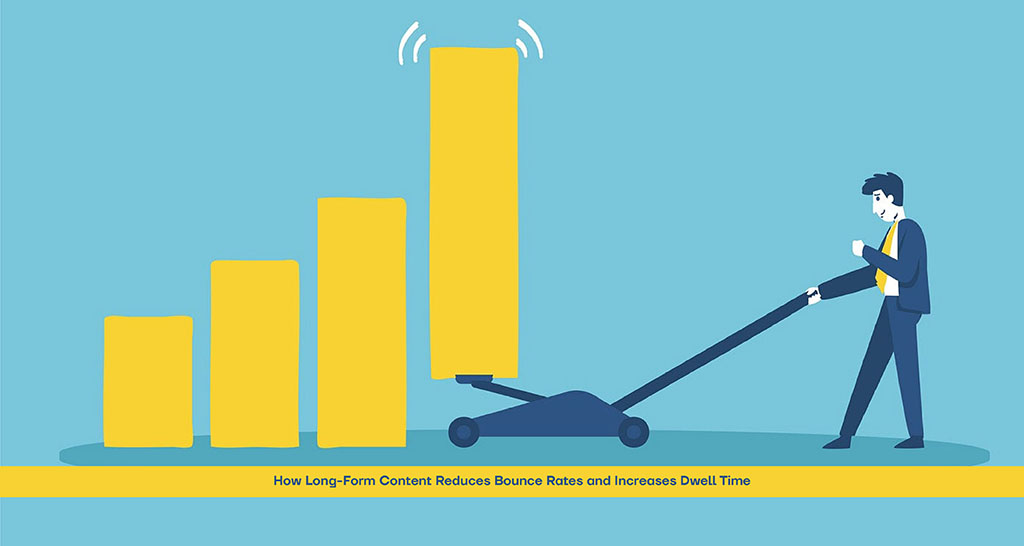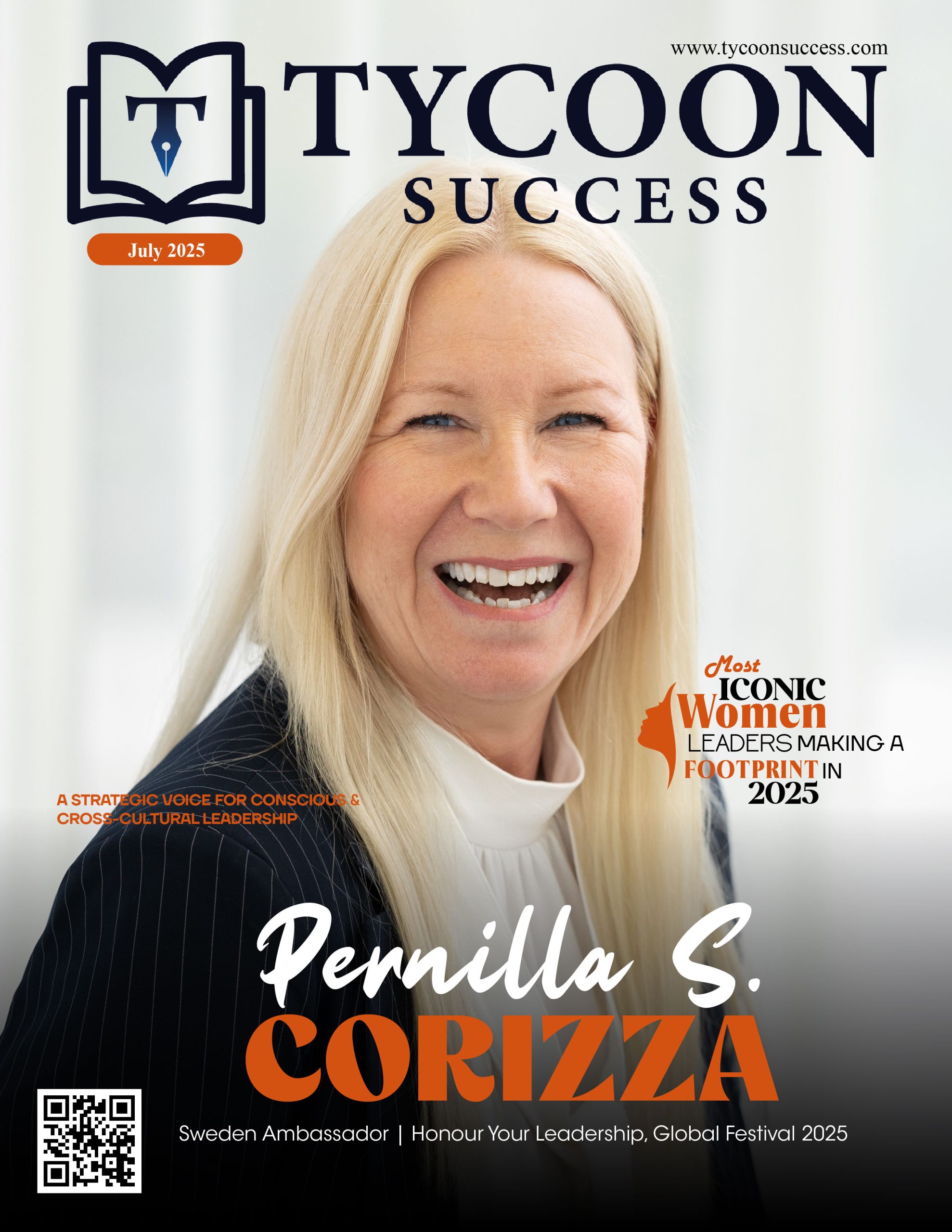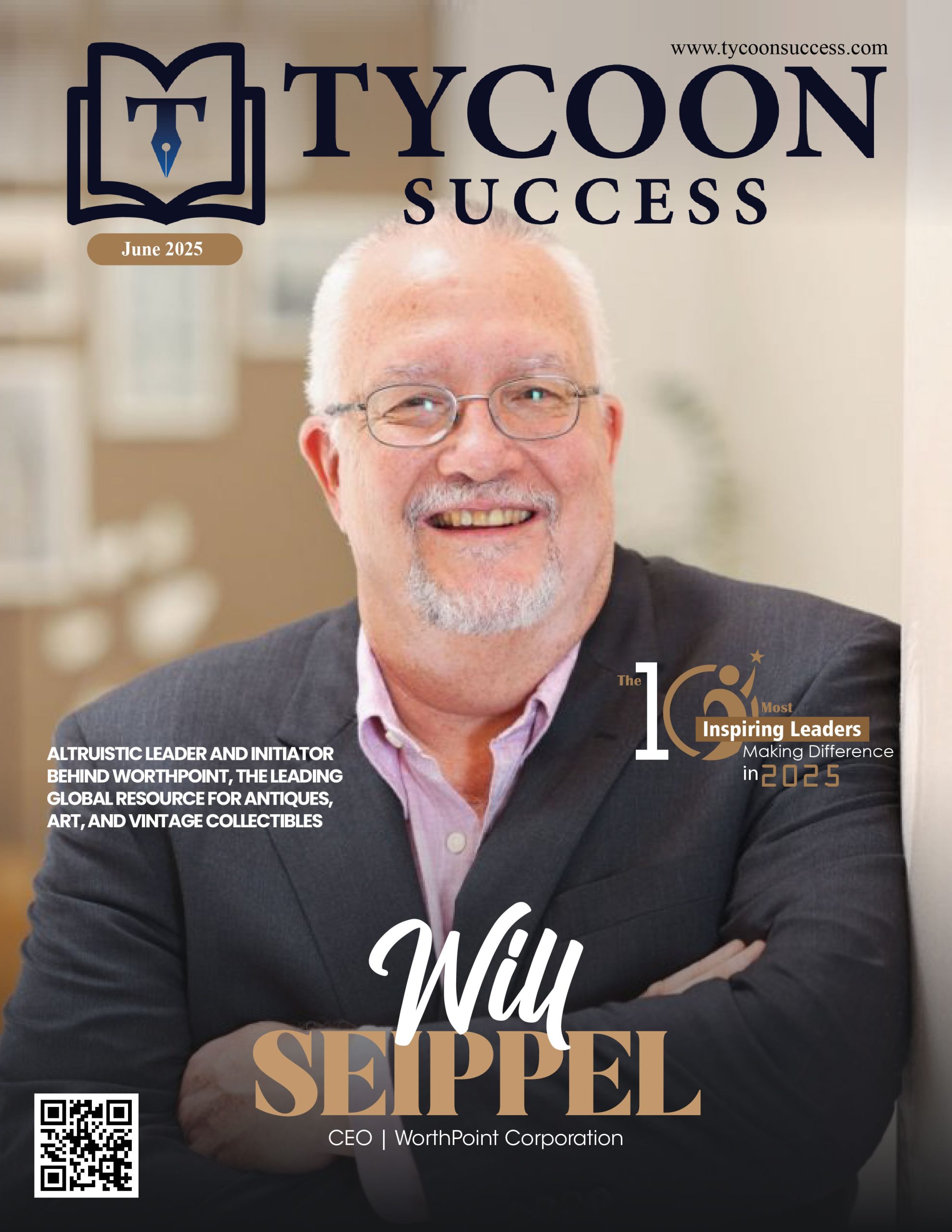In the rapidly evolving digital landscape of today, it is essential to capture and maintain user attention. Two important metrics that indicate the effectiveness of your content are bounce rate, which refers to the percentage of visitors who exit after viewing just one page, and dwell time, which assesses the duration a visitor remains on a page. A particularly effective method to enhance both metrics is by utilizing long-form content.
Long-form content generally pertains to articles or blog posts that surpass 1,000 words. In contrast to shorter posts, it provides comprehensive information, thorough analysis, and enhanced value for readers. This level of detail aids in establishing authority, fostering trust, and motivating users to remain on the page longer, which in turn decreases bounce rates and boosts dwell time.
To begin with, long-form content offers thorough responses to user inquiries. When users discover all the information they require in a single location, they are less inclined to revisit the search engine for further resources. This results in an increase in the duration they spend on your page and a reduction in the chances of bouncing.
Secondly, extended content facilitates improved storytelling, organization, and formatting. By incorporating headings, bullet points, images, and multimedia elements, users can effortlessly scan or delve into sections. These attributes foster a more captivating experience, motivating visitors to engage with the content in greater depth.
Another significant aspect is SEO. Search engines such as Google prefer long-form content as it is generally more comprehensive and better optimized for pertinent keywords. Pages with greater word counts frequently achieve higher rankings, attracting more organic traffic and guaranteeing that users arrive at a page that meets their needs thereby further decreasing bounce rates.
Furthermore, long-form content provides avenues for internal linking. It allows you to direct readers to associated posts or service pages on your website, thereby maintaining their engagement across various pages. This practice not only enhances user experience but also improves the overall structure and navigability of the site.
Ultimately, well-crafted long-form content has a greater probability of being shared and saved, thereby expanding its audience and promoting return visits. As time progresses, this fosters a cycle of interaction that enhances both the duration of user engagement and the overall credibility of your website.
In summary, although brief content serves its purpose, long-form content acts as a potent instrument for enhancing user engagement metrics. By providing greater value, facilitating user navigation, and boosting search visibility, it effectively lowers bounce rates and motivates visitors to remain longer and delve deeper.







